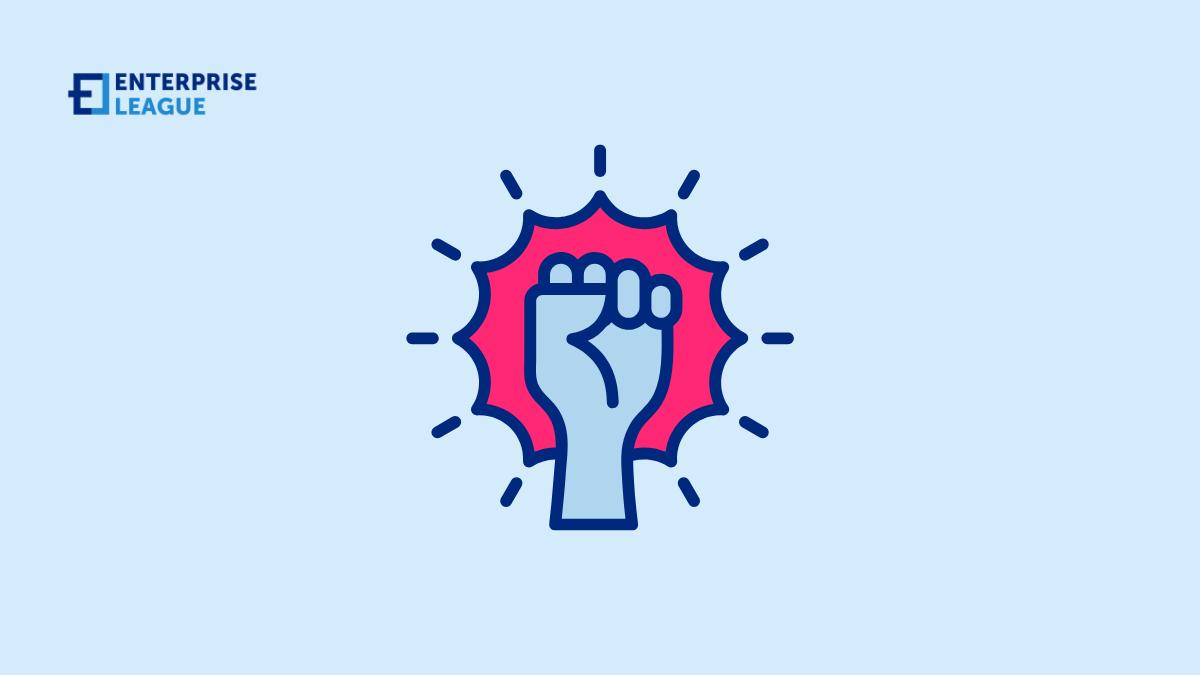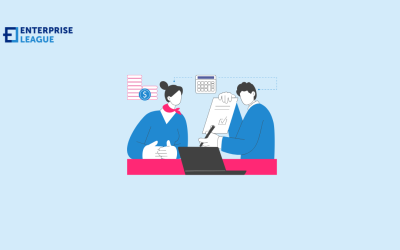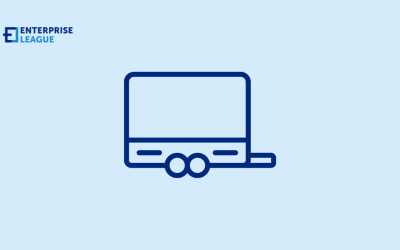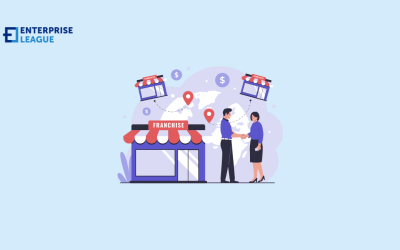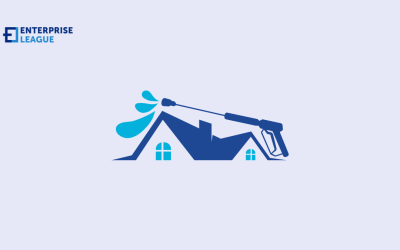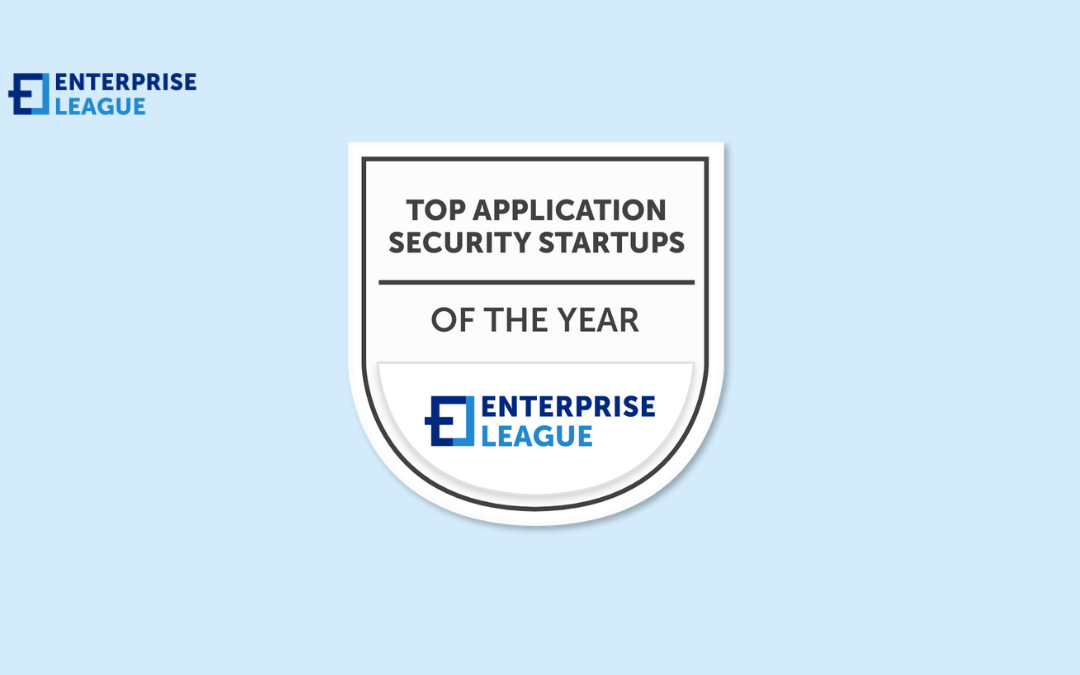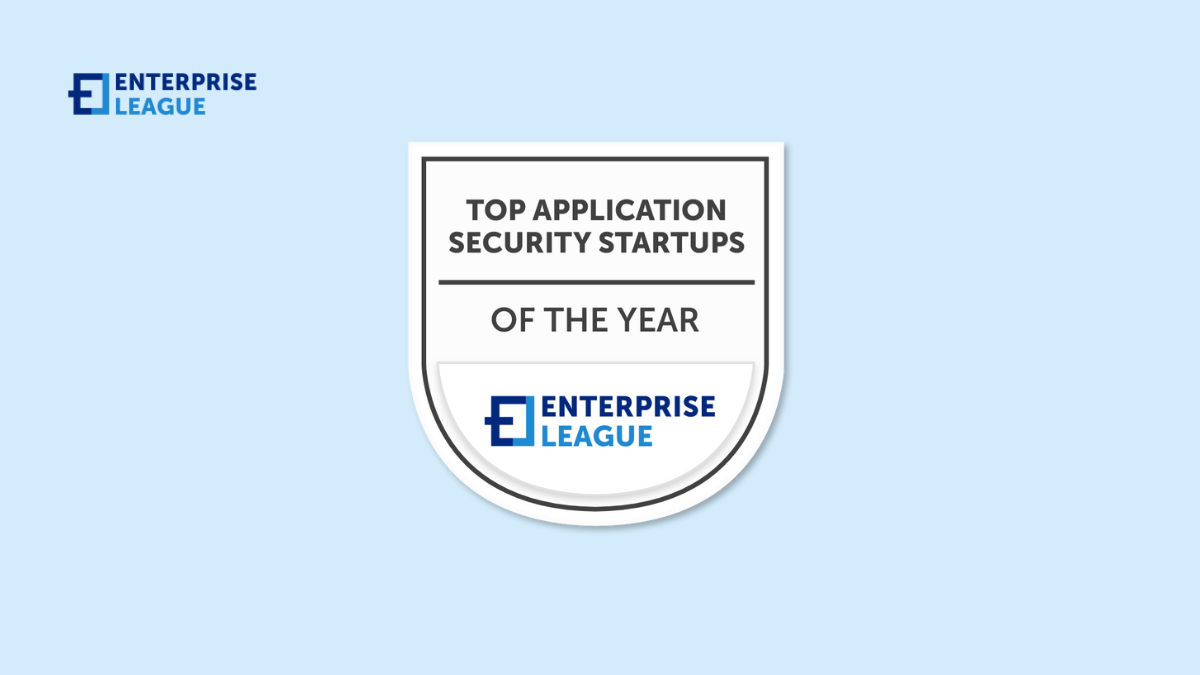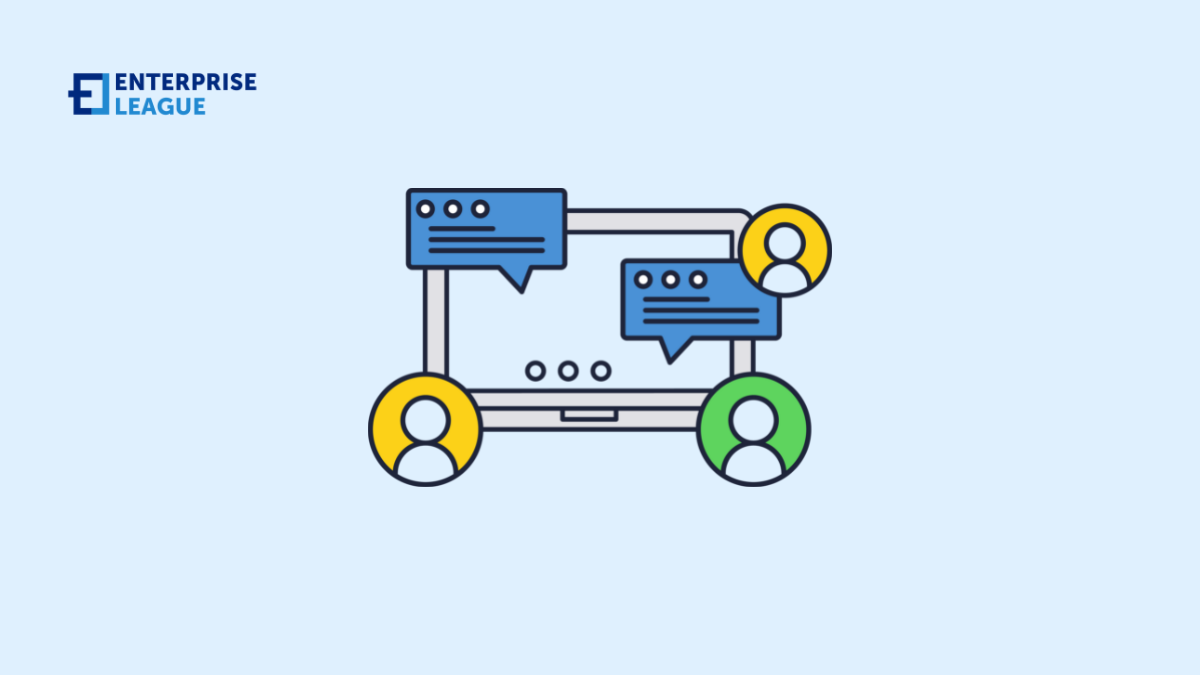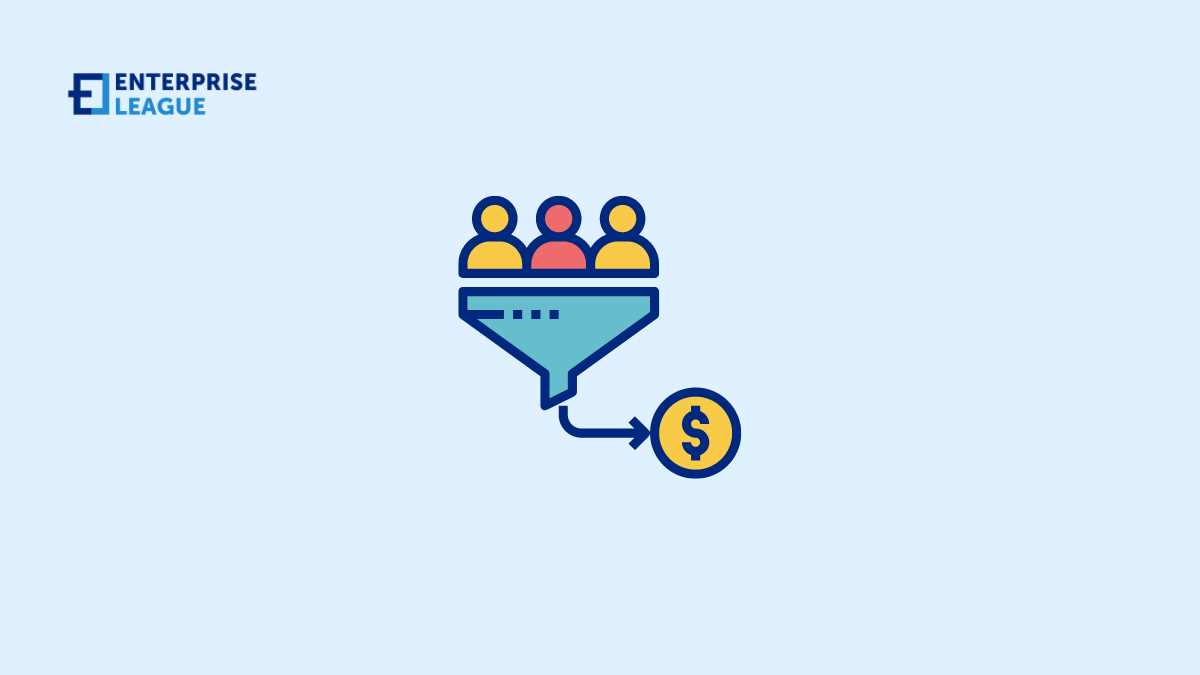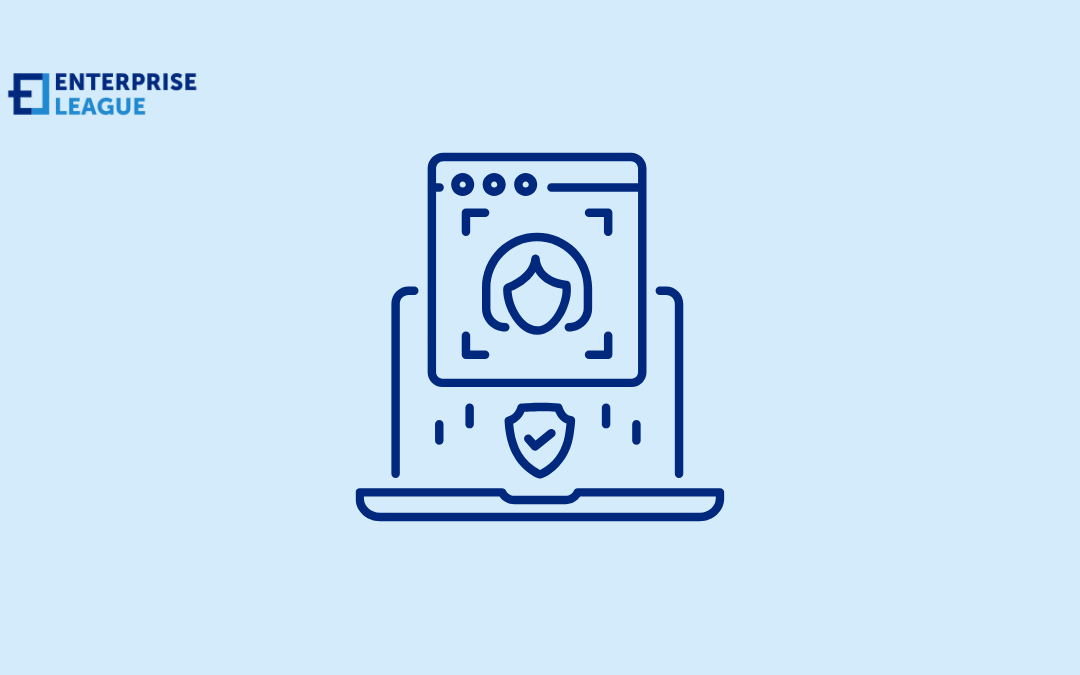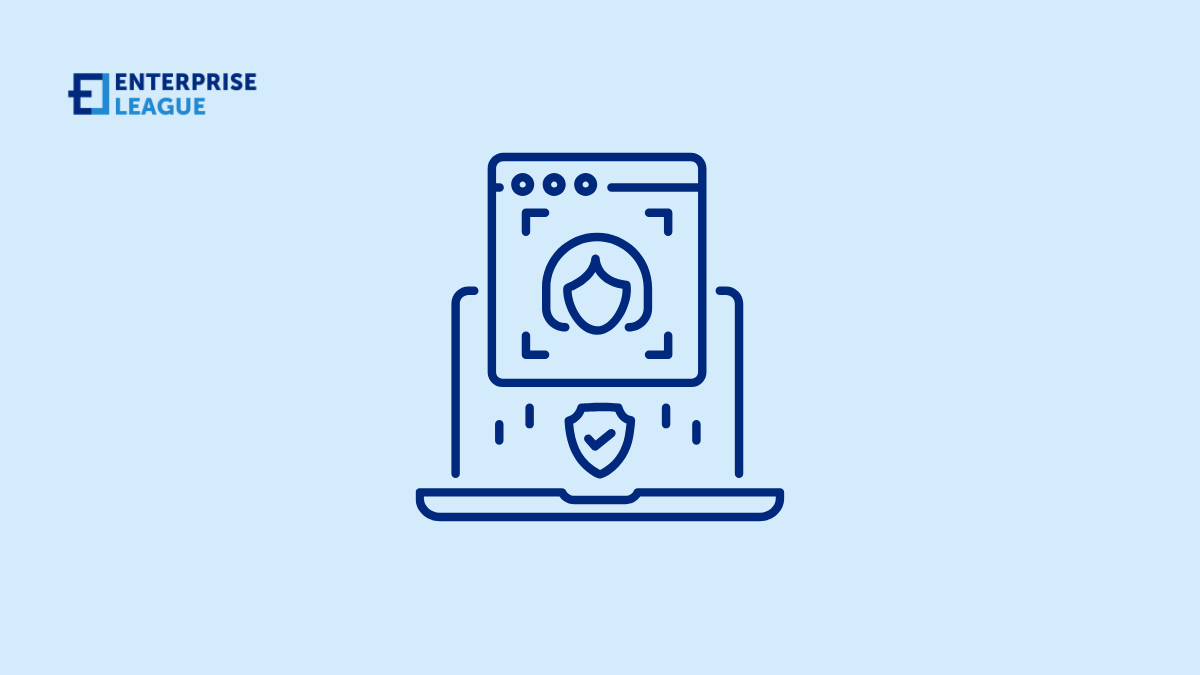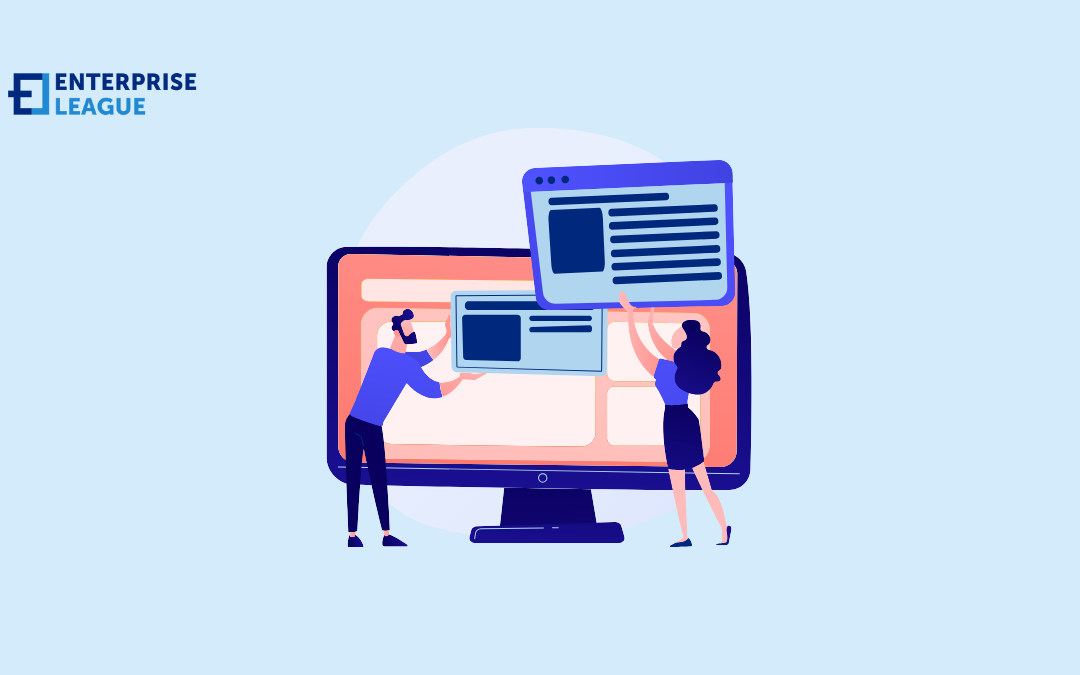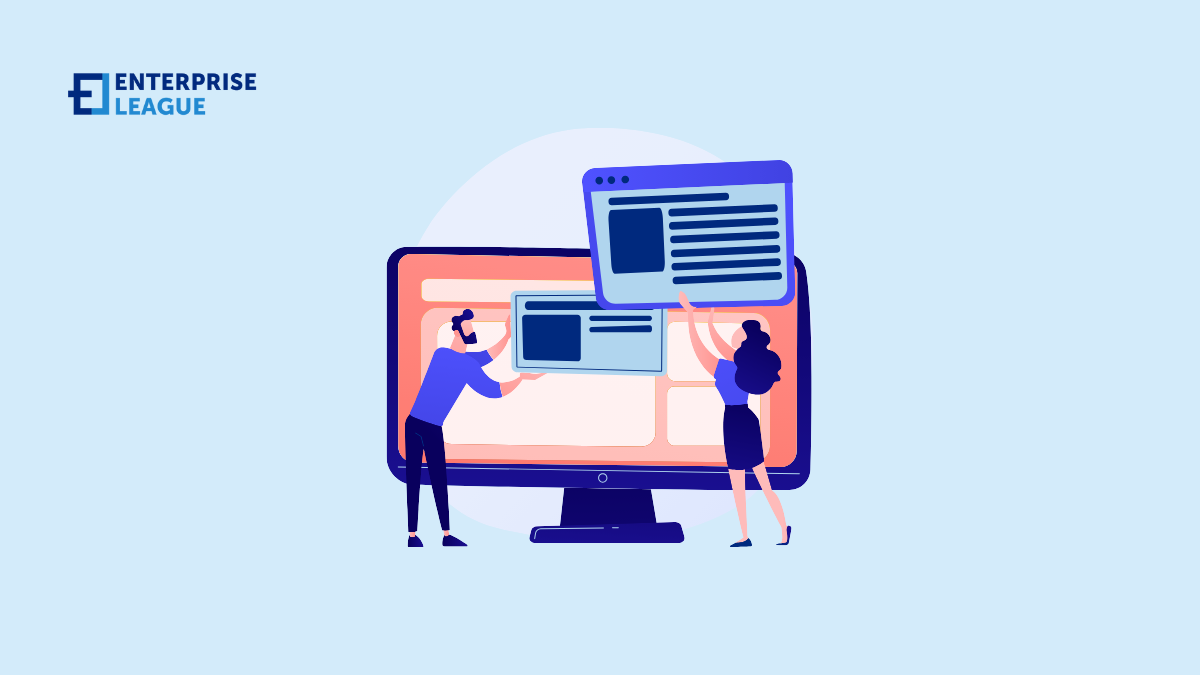From SBA loans to online lenders, explore the 10 best debt consolidation options that help entrepreneurs simplify payments and improve cash flow management.
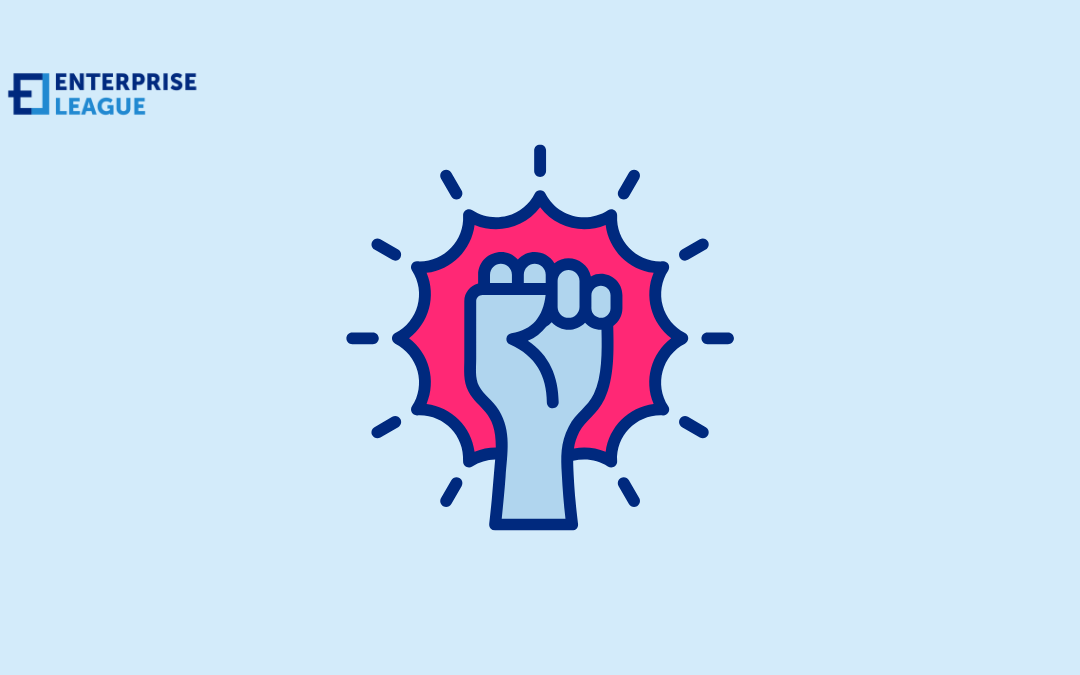
27 powerful business encouragement quotes for tough times
Did you know that 70% of employees feel unmotivated at work, while companies with high engagement report 23% higher profits? Words have power, and a well-timed pep talk or inspiring message can definitely spark motivation when the workday feels quite heavy. Some business leaders swear by keeping a collection of uplifting quotes handy not just for themselves but to boost team performance and morale during tough times.
Whether you’re dealing with a failed project or just need a mid-week boost, these tried-and-true business encouragement quotes might help you push through the rough patches.
27 business encouragement quotes for extra motivation
When business challenges stack up and your confidence needs a boost, lean on these proven words that have inspired countless entrepreneurs:
- “Don’t watch the clock; do what it does. Keep going.” – Sam Levenson
- “Opportunities don’t happen. You create them.” – Chris Grosser
- “The way to get started is to quit talking and begin doing.” – Walt Disney
- “Fall seven times and stand up eight.” – Japanese Proverb
- “Your most unhappy customers are your greatest source of learning.” – Bill Gates
- “Dream big. Start small. Act now.” – Robin Sharma
- “You don’t have to be great to start, but you have to start to be great.” – Zig Ziglar
- “The secret of getting ahead is getting started.” – Mark Twain
- “Don’t be afraid to give up the good to go for the great.” – John D. Rockefeller
- “Tough times never last, but tough people do.” – Robert H. Schuller
- “Great things are done by a series of small things brought together.” – Vincent Van Gogh
- “Do not be embarrassed by your failures, learn from them and start again.” – Richard Branson
- “Success usually comes to those who are too busy to be looking for it.” – Henry David Thoreau
- “You don’t build a business; you build people, and then people build the business.” – Zig Ziglar
- “Hardships often prepare ordinary people for an extraordinary destiny.” – C.S. Lewis
- “Success is the sum of small efforts, repeated day in and day out.” – Robert Collier
- “If you’re not willing to risk the usual, you will have to settle for the ordinary.” – Jim Rohn
- “Perseverance is not a long race; it is many short races one after the other.” – Walter Elliot
- “A goal without a plan is just a wish.” – Antoine de Saint-Exupéry
- “What seems to us as bitter trials are often blessings in disguise.” – Oscar Wilde
- “Do what you can, with what you have, where you are.” – Theodore Roosevelt
- “Chase the vision, not the money; the money will end up following you.” – Tony Hsieh
- “Courage is resistance to fear, mastery of fear—not absence of fear.” – Mark Twain
- “Keep your eyes on the stars, and your feet on the ground.” – Theodore Roosevelt
- “Every problem is a gift, without problems, we would not grow.” – Tony Robbins
- “Don’t let the fear of losing be greater than the excitement of winning.” – Robert Kiyosaki
- “In the middle of every difficulty lies opportunity.” – Albert Einstein
Coclusion
These quotes aren’t magic fixes, but they’re proven tools for pushing through tough times. Keep them handy, share them when needed, and remember even the biggest business success stories started with someone needing a boost of confidence on a hard day.
More must-read stories from Enterprise League:
- What’s the secret to running successful cold email campaigns?
- Foretelling: transform your business by predicting future trends.
- Getting your product in stores doesn’t have to be complicated.
- Learn how to deal with being proffesionally ghosted like an expert.
Related Articles
What are the best options for debt consolidation loans? 10 options for entrepreneurs
What’s the best place to buy a trailer for business owners?
In this article we are sharing of the best purchasing locations helps business owners find reliable trailers with favorable terms and solid warranties.
11 best franchises if you are looking to get out of manufacturing
Transitioning from manufacturing? Explore 11 franchise opportunities that provide ideal second careers with transferable skills and promising ROI potential.
Top Wholesale Towel Suppliers for the Hospitality Industry
Towels are fundamental to daily operations in hotels, spas, gyms and wellness centers. Whether used by guests after a shower or by staff for facility maintenance, their quality influences comfort, cleanliness and brand perception. Finding the right wholesale towel...
Who Provides Top-Rated Commercial Building Washing in Maryland
Your place of business should always look its best. Weathering and time can make that challenging, but you don't have to risk your safety by climbing up on an old ladder to make your building look better. Understanding who provides top-rated commercial building...

